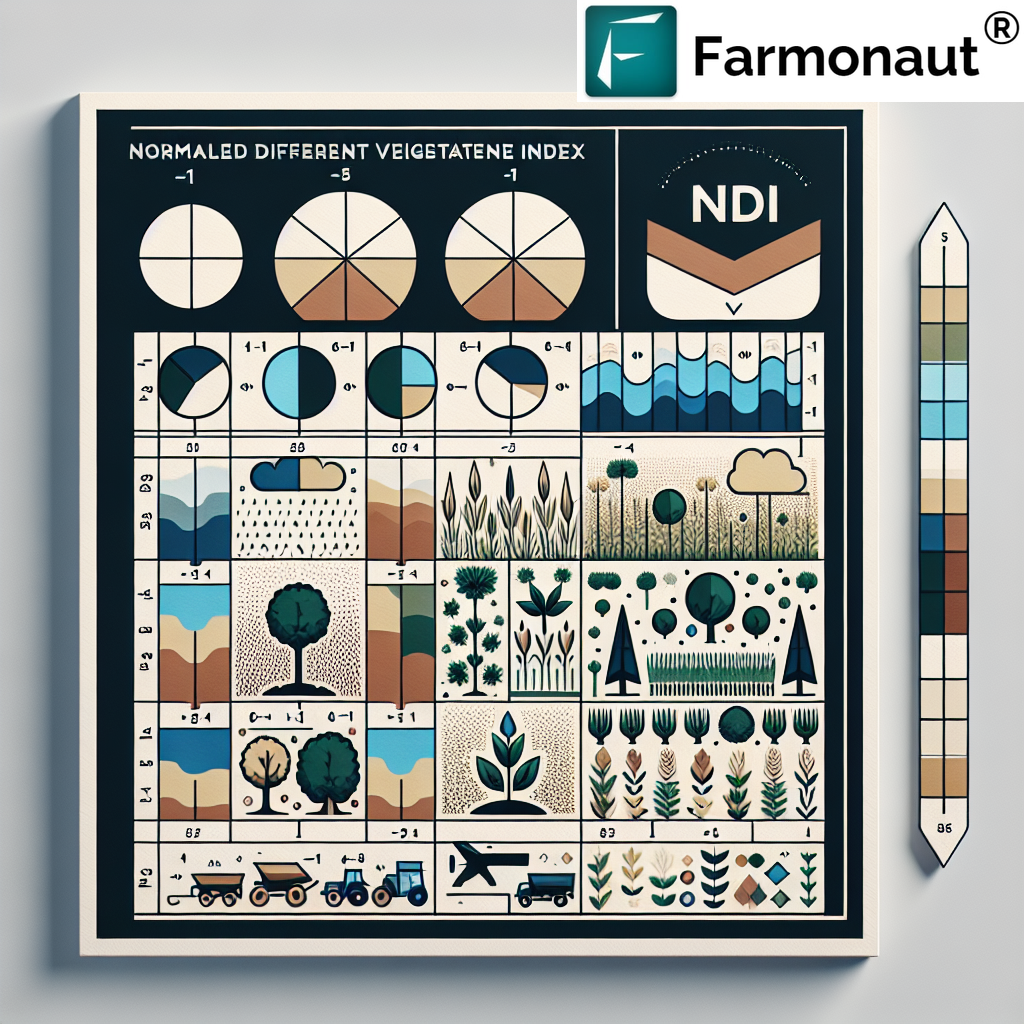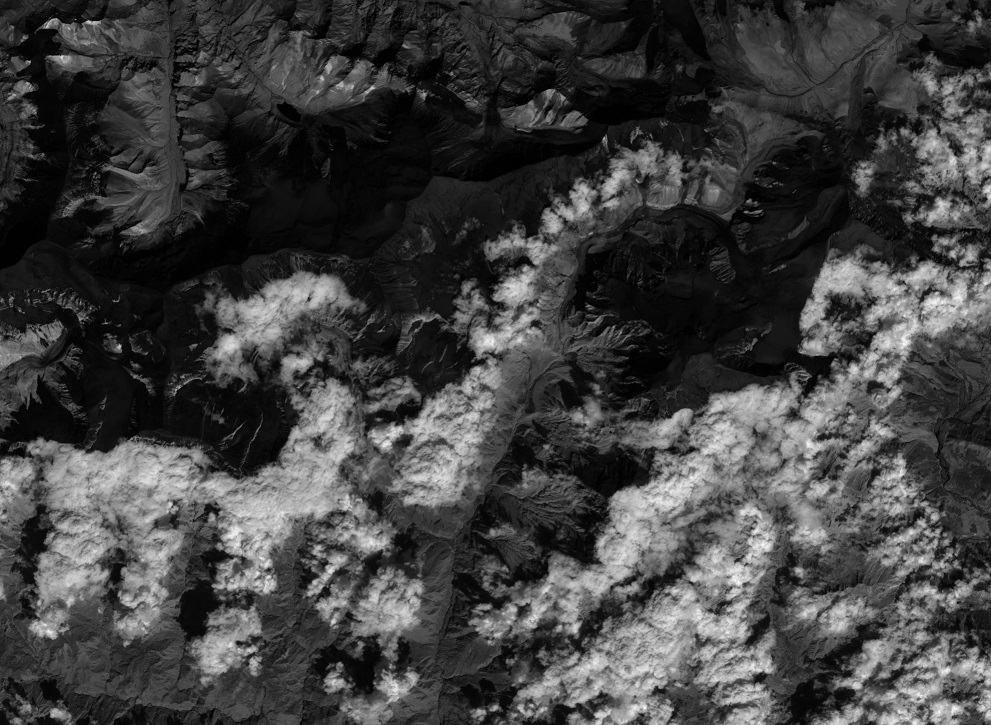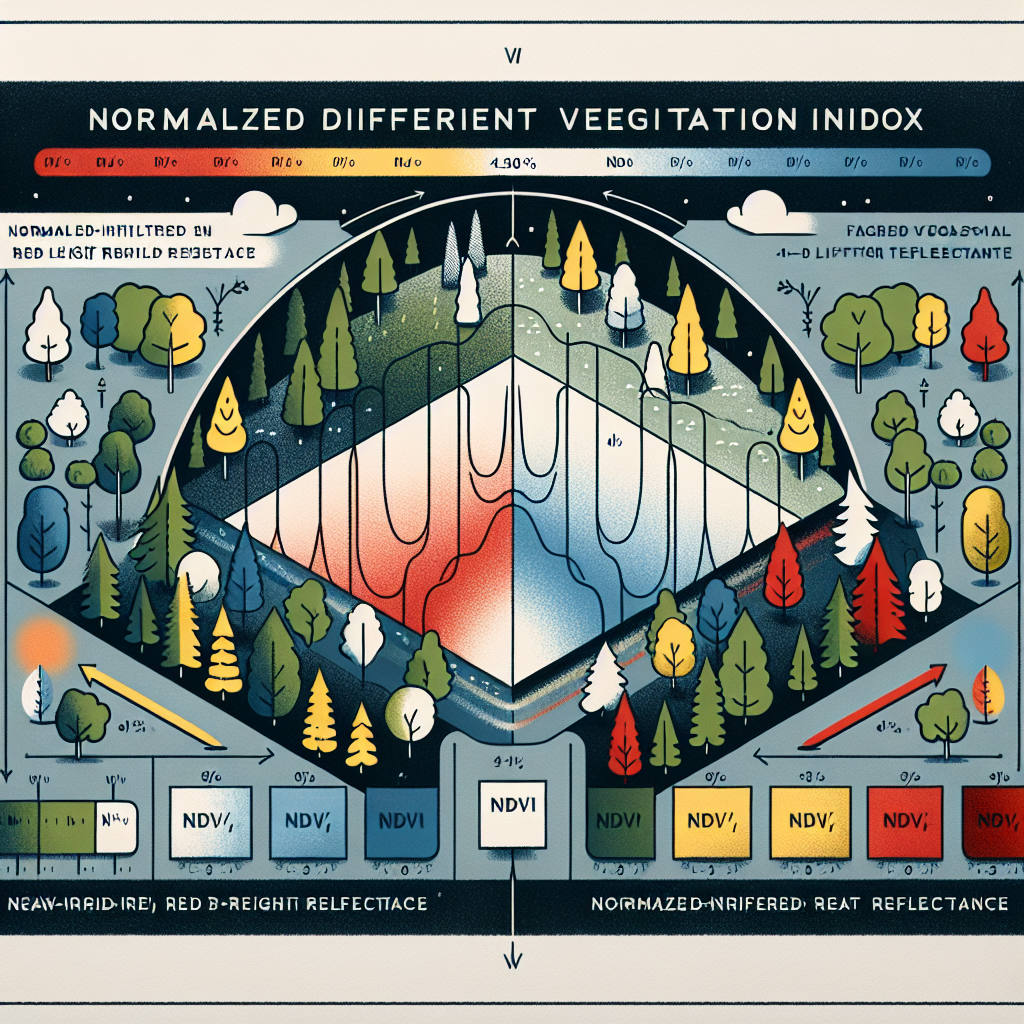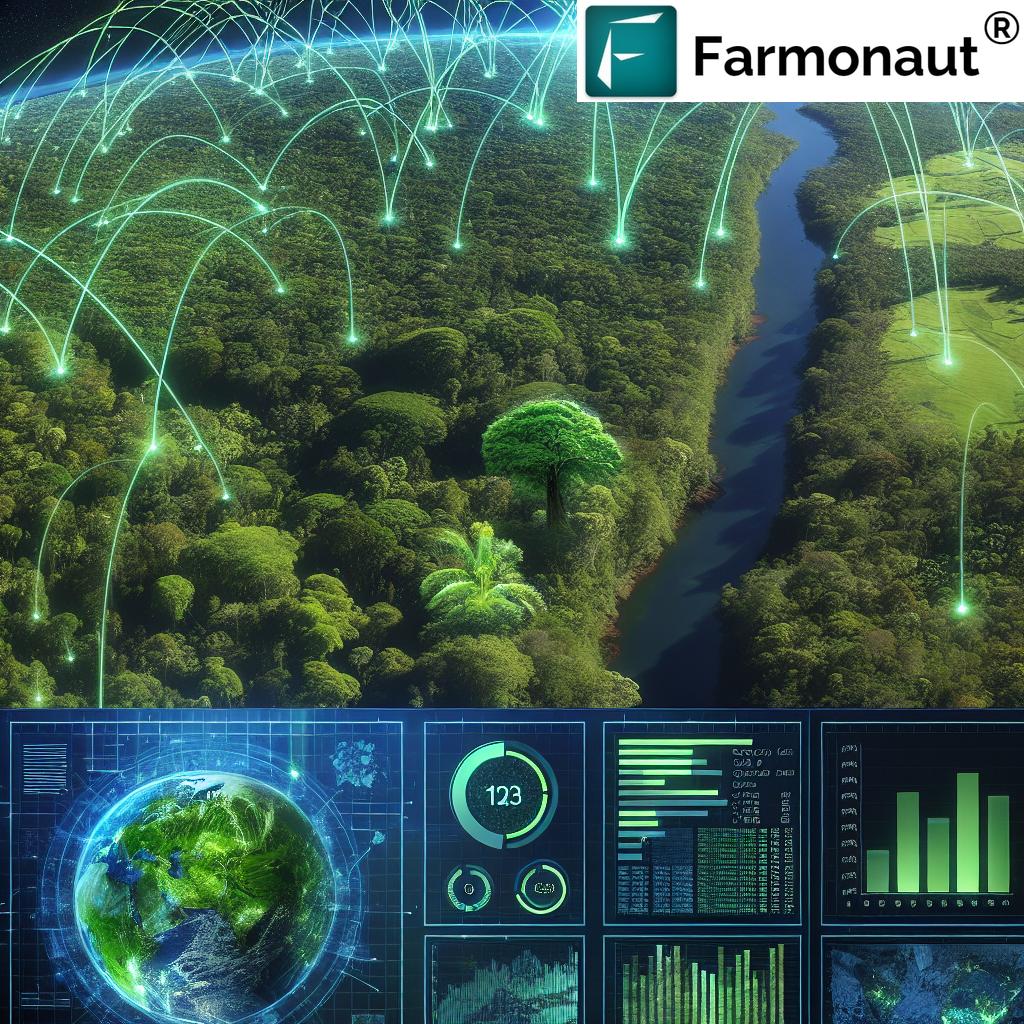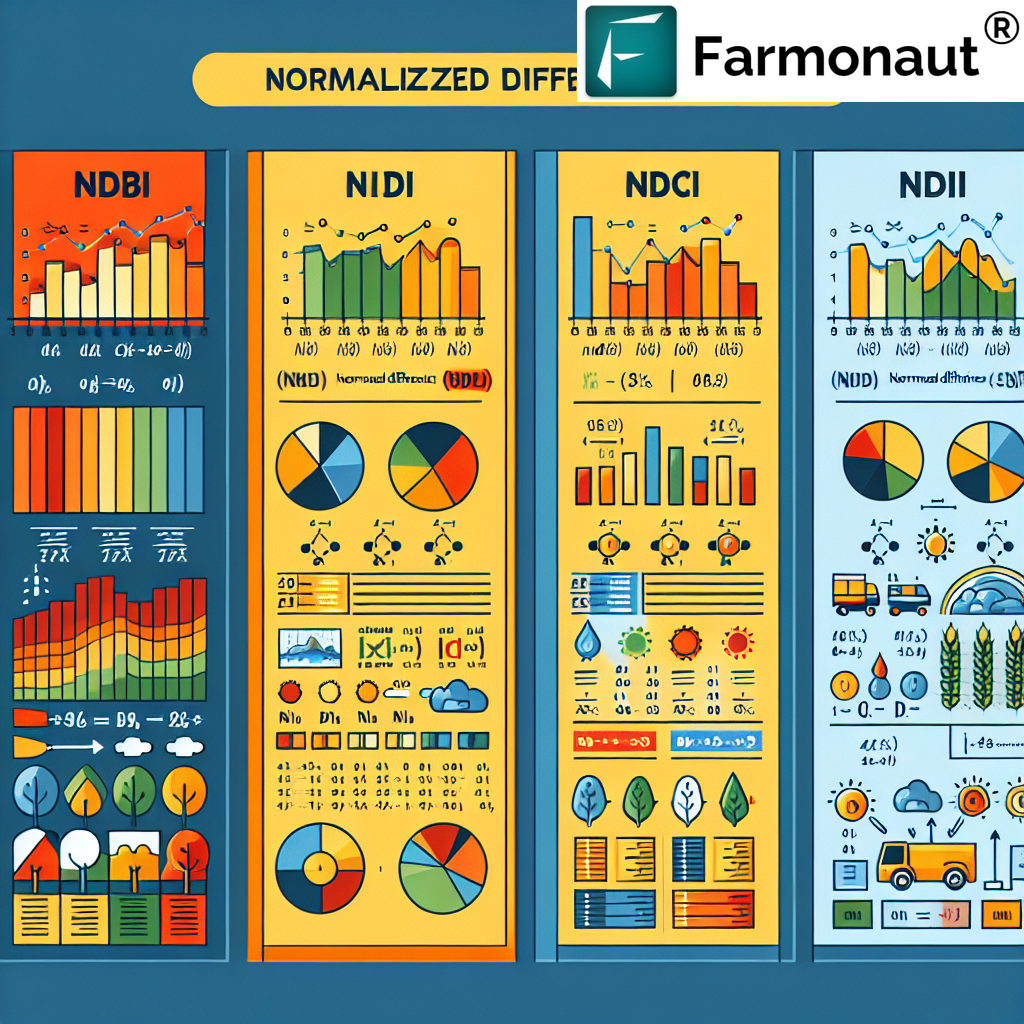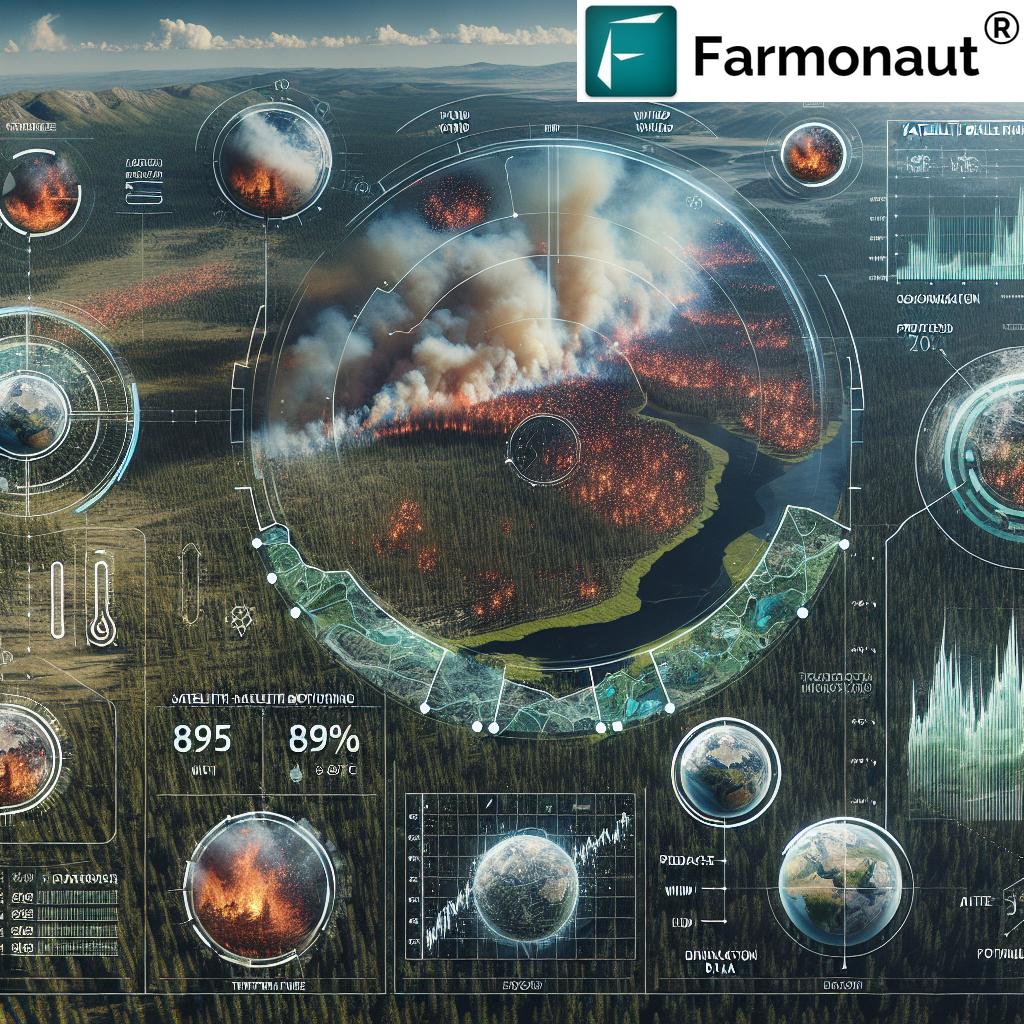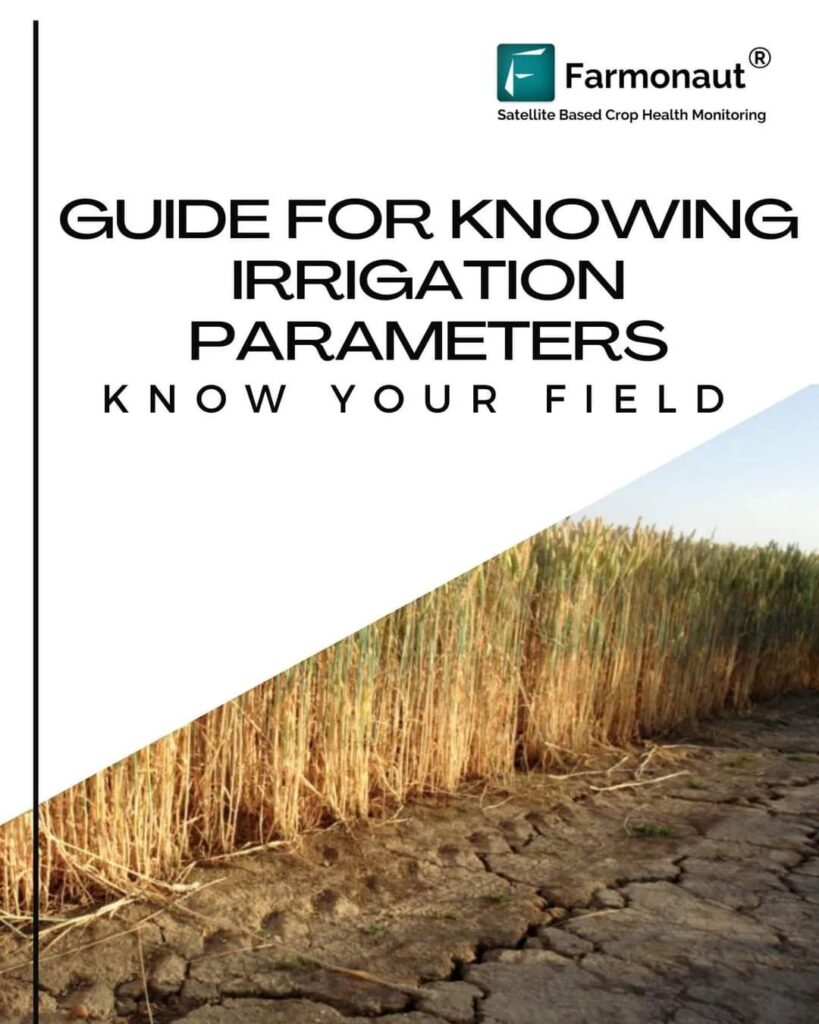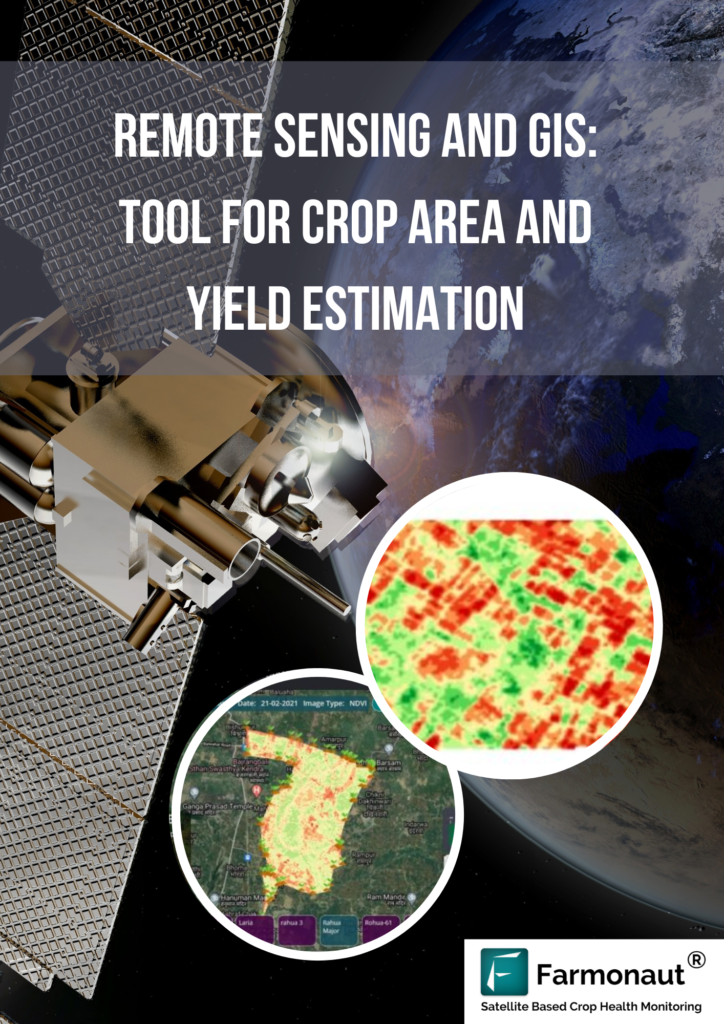Mars Mission Challenges: Mitigating Toxic Dust Hazards for Astronaut Health and Equipment Safety
“Martian dust contains three toxic components: silica, perchlorates, and iron oxides, posing severe pulmonary risks to astronauts.”
As we embark on the journey to explore the red planet, Mars mission hazards pose significant challenges for astronauts, with toxic Martian dust emerging as a critical concern. In this comprehensive analysis, we delve into the groundbreaking research that explores the potential health risks associated with long-term exposure to the red planet’s soil composition. Our study aims to shed light on the dangers of fine particles containing silica, perchlorates, and iron oxides, which could lead to severe pulmonary risks and other medical complications.
Mars, our neighboring planet, has long captivated the imagination of scientists and explorers alike. However, as we inch closer to sending humans to this alien world, we must confront the realities of its harsh environment. The toxic dust on Mars presents a formidable obstacle that requires innovative solutions and careful planning to ensure the safety of our brave astronauts.
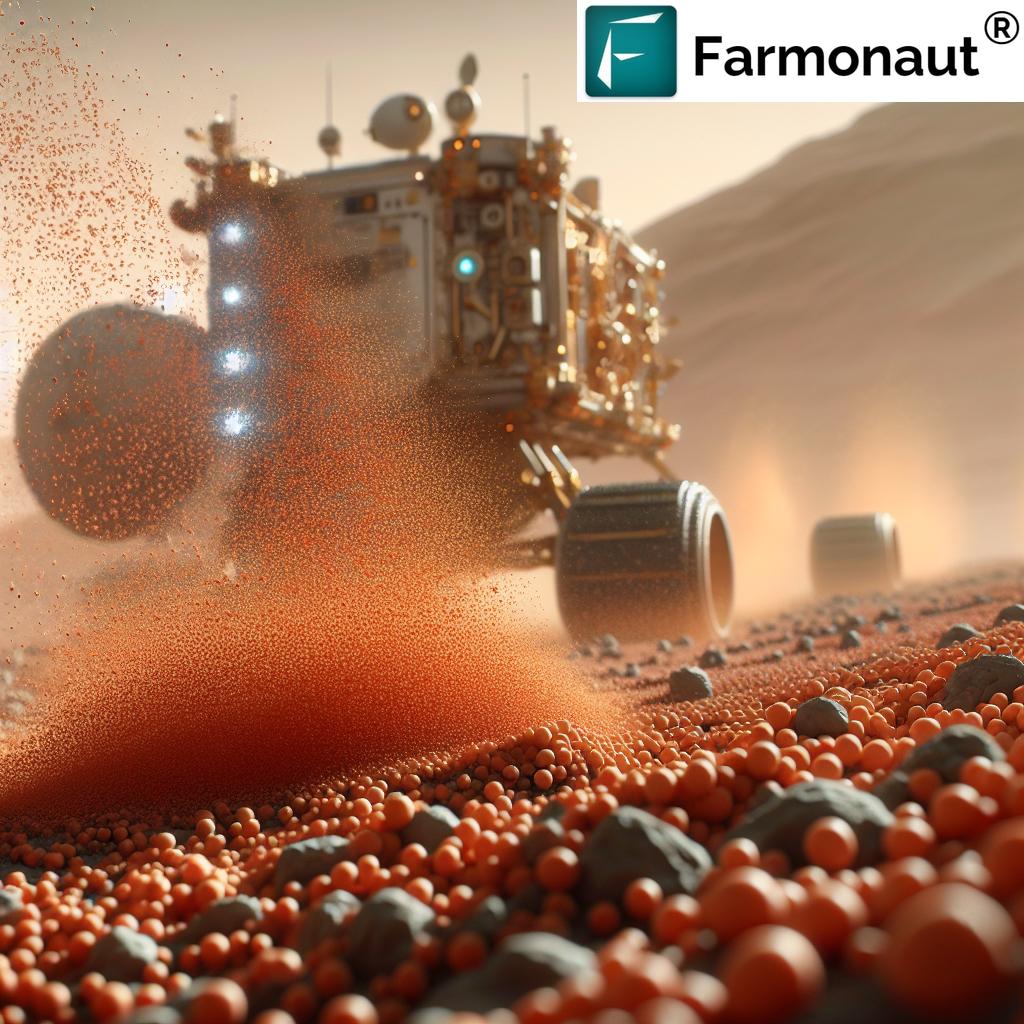
Understanding the Martian Dust Composition
The soil composition of Mars is vastly different from that of Earth. Our research has identified several key components that make Martian dust particularly hazardous:
- Silica: Fine particles of silica are prevalent in Martian dust, posing a significant risk to astronaut lung health.
- Perchlorates: These chemical compounds have been detected at toxic levels in Martian soil and can cause thyroid dysfunction and other health issues.
- Iron Oxides: The presence of nanophase iron oxides contributes to the reddish color of Mars and can have detrimental effects on human health when inhaled.
- Gypsum: This mineral compound adds to the complexity of the dust composition and its potential health impacts.
The fine nature of these particles makes them particularly dangerous. As study co-author Justin Wang, a medical student at the Keck School of Medicine of the University of Southern California (USC), explains, “The biggest danger is the risk to astronauts’ lungs. Since the dust is so fine, it is expected to remain in astronauts’ lungs and some of it will be absorbed into the bloodstream.”
Health Risks Associated with Martian Dust Exposure
Our research has uncovered several potential health risks that astronauts may face due to prolonged exposure to Martian dust:
- Pulmonary Fibrosis: The fine silica particles can cause scarring of lung tissue, leading to breathing difficulties and reduced lung function.
- Thyroid Dysfunction: Perchlorates in the dust may interfere with thyroid hormone production, affecting metabolism and overall health.
- Aplastic Anemia: Exposure to certain compounds in Martian dust could potentially lead to this serious condition where the body stops producing enough blood cells.
- Oxidative Stress: The iron oxides present in the dust may contribute to oxidative damage in the body, accelerating cellular aging and increasing the risk of various diseases.
These health risks are compounded by the fact that astronauts are already at an increased risk for pulmonary fibrosis due to radiation exposure during spaceflight. The addition of Martian dust exposure could exacerbate these risks significantly.
Challenges in Mars Dust Mitigation
Addressing the hazards posed by Martian dust is no small feat. Several factors contribute to the complexity of this challenge:
- Ubiquity of Dust: As Professor Brian Hynek of the University of Boulder points out, Martian dust is “constantly falling from the sky and covering everything.”
- Globe-Encompassing Storms: Every few years, Mars experiences planet-wide dust storms that can deposit thick layers of dust on all surfaces.
- Equipment Vulnerability: Solar panels, scientific instruments, and other critical equipment are susceptible to dust accumulation, potentially compromising mission success.
- Limited Resources: The constraints of space travel mean that cleaning supplies and replacement filters will be in short supply during a Mars mission.
These challenges necessitate innovative approaches to dust mitigation that can protect both astronaut health and mission equipment.
“Scientists are developing multiple countermeasures against Martian dust, including filtration methods, cabin cleaning techniques, and electrostatic repulsion devices.”
Innovative Mars Dust Filtration Methods
To combat the pervasive threat of Martian dust, scientists are investigating cutting-edge filtration technologies:
- Advanced HEPA Filtration: High-efficiency particulate air (HEPA) filters specifically designed to capture ultra-fine Martian dust particles.
- Electrostatic Precipitation: Using electrical charges to attract and remove dust particles from the air.
- Nanofiber Membranes: Developing ultra-thin, highly efficient filtration membranes that can trap even the smallest dust particles.
- Bioengineered Filters: Exploring the use of genetically modified organisms to create living filters capable of breaking down harmful dust components.
These filtration methods will be crucial in maintaining a safe breathing environment for astronauts within their habitats and spacesuits.
Spaceflight Health Precautions
In addition to filtration, a comprehensive approach to astronaut health protection is necessary:
- Regular Health Monitoring: Implementing frequent medical check-ups and lung function tests to detect early signs of dust-related health issues.
- Protective Gear: Developing advanced spacesuits with built-in filtration systems and dust-resistant materials.
- Pharmacological Interventions: Researching medications that can help mitigate the effects of dust exposure on the human body.
- Exercise Regimens: Designing specific exercise protocols to maintain lung health and overall fitness in the Martian environment.
These precautions will be essential in safeguarding astronaut health during long-term Mars missions.
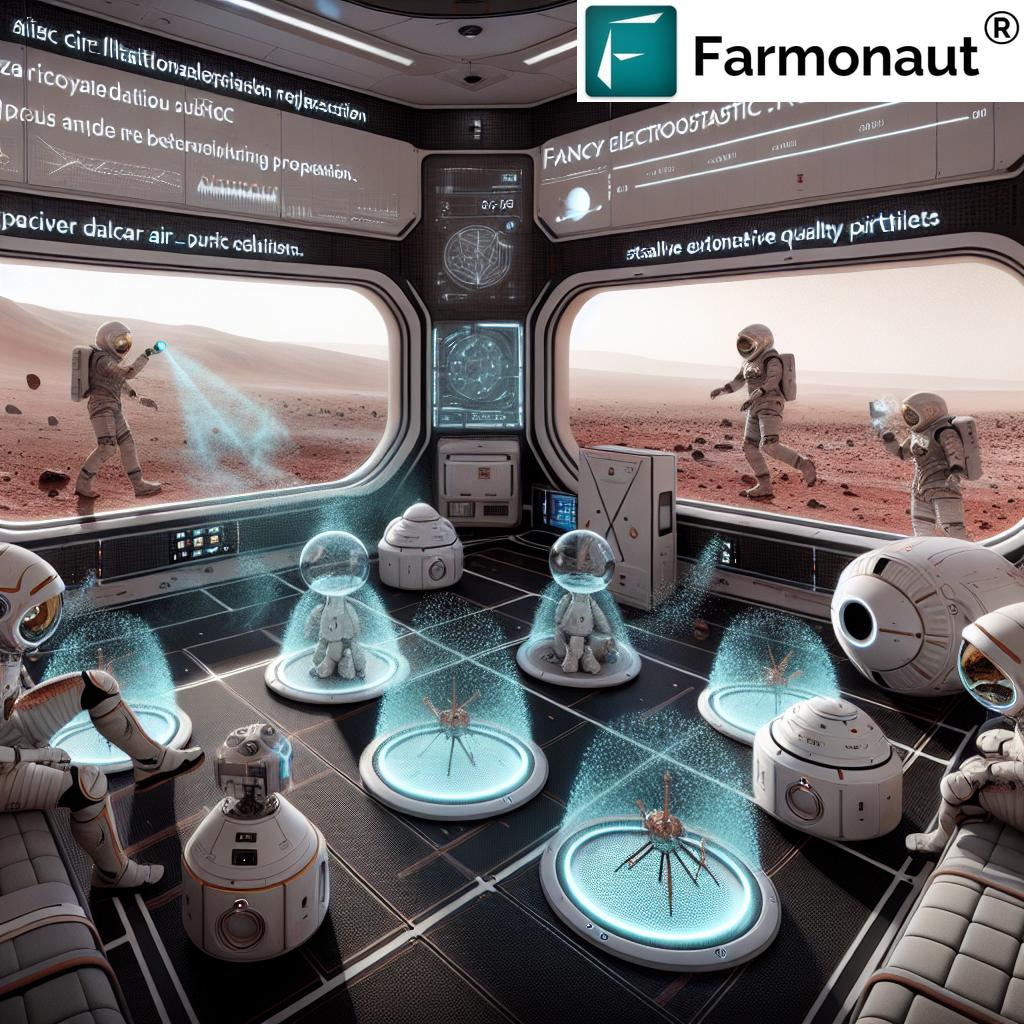
Advanced Cabin Cleaning Techniques
Maintaining a clean living environment will be crucial for astronaut health and equipment longevity. Some advanced cleaning techniques under development include:
- Robotic Cleaning Systems: Autonomous robots designed to clean surfaces and filter air continuously.
- Ultraviolet Sterilization: Using UV light to destroy harmful microorganisms that may thrive in Martian dust.
- Electrostatic Repulsion Devices: Creating electrical fields to prevent dust from settling on surfaces.
- Self-Cleaning Materials: Developing surfaces that repel or break down dust particles on contact.
These techniques will help maintain a safer, cleaner environment for astronauts during their stay on Mars.
Equipment Protection Strategies
Ensuring the longevity and functionality of mission equipment is paramount. Several strategies are being explored to protect vital hardware:
- Dust-Resistant Coatings: Applying specialized coatings to equipment surfaces to repel dust particles.
- Self-Cleaning Solar Panels: Developing solar panels with built-in mechanisms to shake off accumulated dust.
- Sealed Systems: Creating hermetically sealed equipment housings to prevent dust infiltration.
- Regular Maintenance Protocols: Establishing rigorous cleaning and maintenance schedules for all mission equipment.
These protective measures will be crucial in ensuring the success of long-term Mars missions and the reliability of scientific instruments.
Martian Dust Hazards and Mitigation Strategies
| Hazard | Potential Health Risks | Mitigation Strategies |
|---|---|---|
| Silica Particles | Severe pulmonary complications, silicosis | Advanced HEPA filtration, protective gear with built-in filters |
| Perchlorates | Thyroid dysfunction, aplastic anemia | Specialized filtration systems, regular health monitoring |
| Iron Oxides | Oxidative stress, cellular damage | Antioxidant supplementation, nanofiber filtration membranes |
| Gypsum | Respiratory irritation, potential lung damage | Electrostatic precipitation, bioengineered filters |
| General Dust Accumulation | Equipment malfunction, reduced solar panel efficiency | Self-cleaning materials, robotic cleaning systems, electrostatic repulsion devices |
Long-term Mars Mission Preparation
Preparing for extended stays on Mars requires a multifaceted approach that goes beyond dust mitigation:
- Psychological Training: Equipping astronauts with coping strategies for long-term isolation and confinement.
- Resource Management: Developing efficient systems for recycling water, air, and other vital resources.
- Emergency Protocols: Establishing comprehensive emergency procedures for various scenarios, including dust-related health crises.
- Scientific Research Preparation: Training astronauts in conducting crucial experiments and observations while managing dust-related challenges.
These preparations will be essential in ensuring the success and safety of future Mars missions.
The Role of Earth-Based Simulations
To better prepare for the challenges of Mars missions, scientists are conducting extensive Earth-based simulations:
- Mars Analog Habitats: Creating environments that mimic Martian conditions to test equipment and procedures.
- Dust Exposure Studies: Conducting controlled experiments with Mars-like dust to understand its effects on human health and equipment.
- Virtual Reality Training: Using VR technology to familiarize astronauts with Martian landscapes and potential hazards.
- Long-Duration Isolation Experiments: Simulating extended periods of isolation to study psychological effects and develop coping strategies.
These simulations provide valuable insights that will inform the design of future Mars missions and help mitigate potential risks.
The Future of Mars Exploration
Despite the challenges posed by Martian dust, the future of Mars exploration remains bright. As we continue to develop innovative solutions and technologies, we move closer to the day when humans will set foot on the red planet. The lessons learned from our research and simulations will pave the way for safer, more successful missions.
While the dust on Mars presents significant hazards, it’s important to remember that with proper preparation and innovative technologies, these challenges can be overcome. As Wang optimistically notes, “While the dust on Mars isn’t going to be the most dangerous part of a mission to the Red Planet, it’s definitely a hazard that can be harmful to astronauts, yet easily avoidable given we’re properly prepared for it.”
Conclusion
The journey to Mars is one of the most ambitious endeavors in human history. By addressing the challenges posed by toxic Martian dust, we are not only safeguarding the health of future astronauts but also advancing our understanding of extreme environments and human adaptability. As we continue to innovate and explore, we edge closer to the day when humanity will become a multi-planetary species.
Our research into Mars mission hazards and Martian dust exposure effects is paving the way for safer and more successful interplanetary expeditions. By developing effective countermeasures, including advanced Mars dust filtration methods and spaceflight health precautions, we are turning the dream of human exploration of Mars into a tangible reality.
FAQs
- Q: What makes Martian dust more dangerous than Earth dust?
A: Martian dust is composed of finer, sharper particles containing toxic components like silica, perchlorates, and iron oxides, which can cause severe health issues when inhaled. - Q: How long can astronauts safely stay on Mars given the dust hazards?
A: The safe duration depends on the effectiveness of protective measures. With proper filtration and health monitoring, extended stays may be possible, but exact timeframes are still being researched. - Q: Can Martian dust be used as a resource for future colonization efforts?
A: While hazardous to health, Martian dust could potentially be processed to extract valuable minerals or used in construction materials, but safe handling methods must be developed first. - Q: How do dust storms on Mars compare to those on Earth?
A: Martian dust storms can be much larger, sometimes engulfing the entire planet, and can last for weeks or months, posing significant challenges for exploration and solar power generation. - Q: Are there any benefits to studying Martian dust for Earth-based applications?
A: Yes, research into Martian dust mitigation could lead to advancements in air filtration technology, protective gear, and treatments for respiratory conditions on Earth.
As we continue our journey towards Mars exploration, the insights gained from this research will be invaluable in ensuring the safety and success of future missions. The challenges posed by Martian dust are significant, but with continued innovation and preparation, we are confident in our ability to overcome them and unlock the secrets of the red planet.
Earn With Farmonaut: Affiliate Program
Earn 20% recurring commission with Farmonaut’s affiliate program by sharing your promo code and helping farmers save 10%. Onboard 10 Elite farmers monthly to earn a minimum of $148,000 annually—start now and grow your income!







